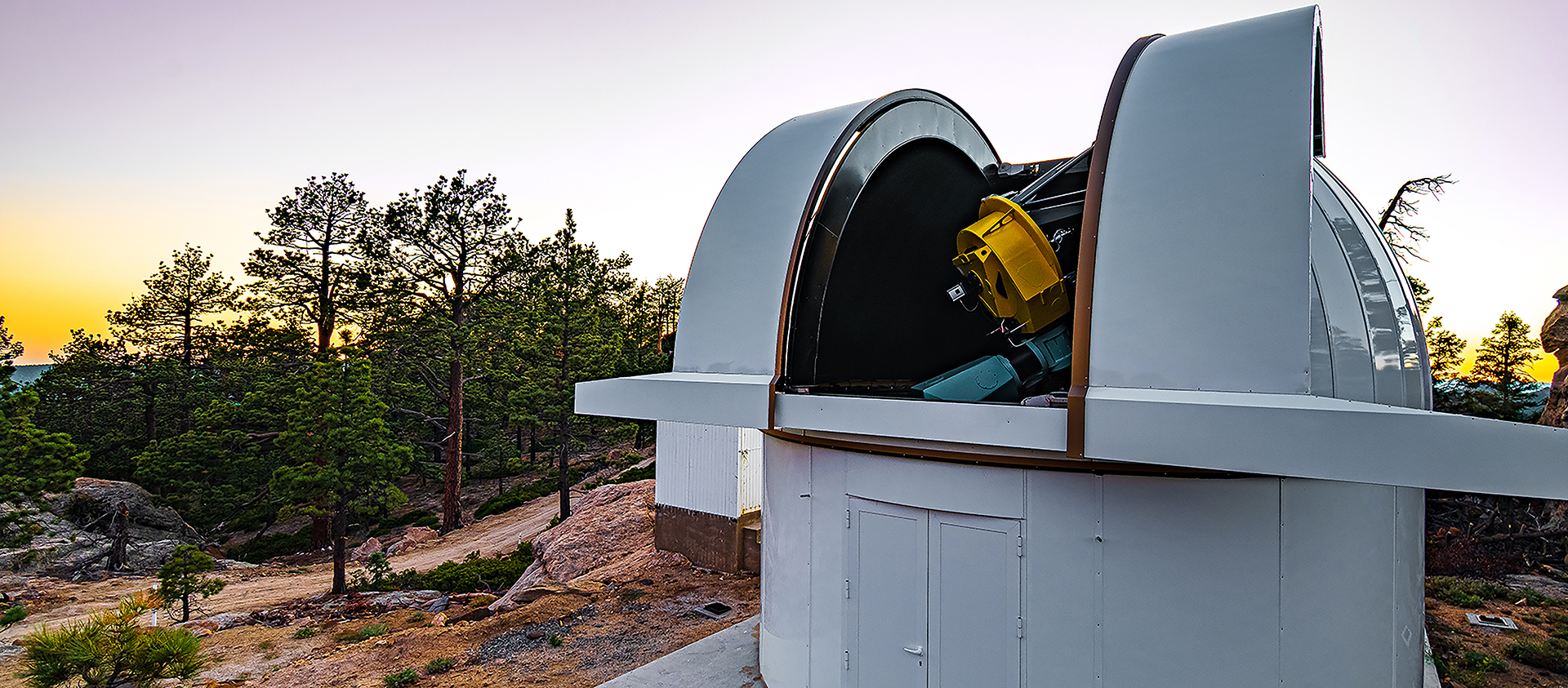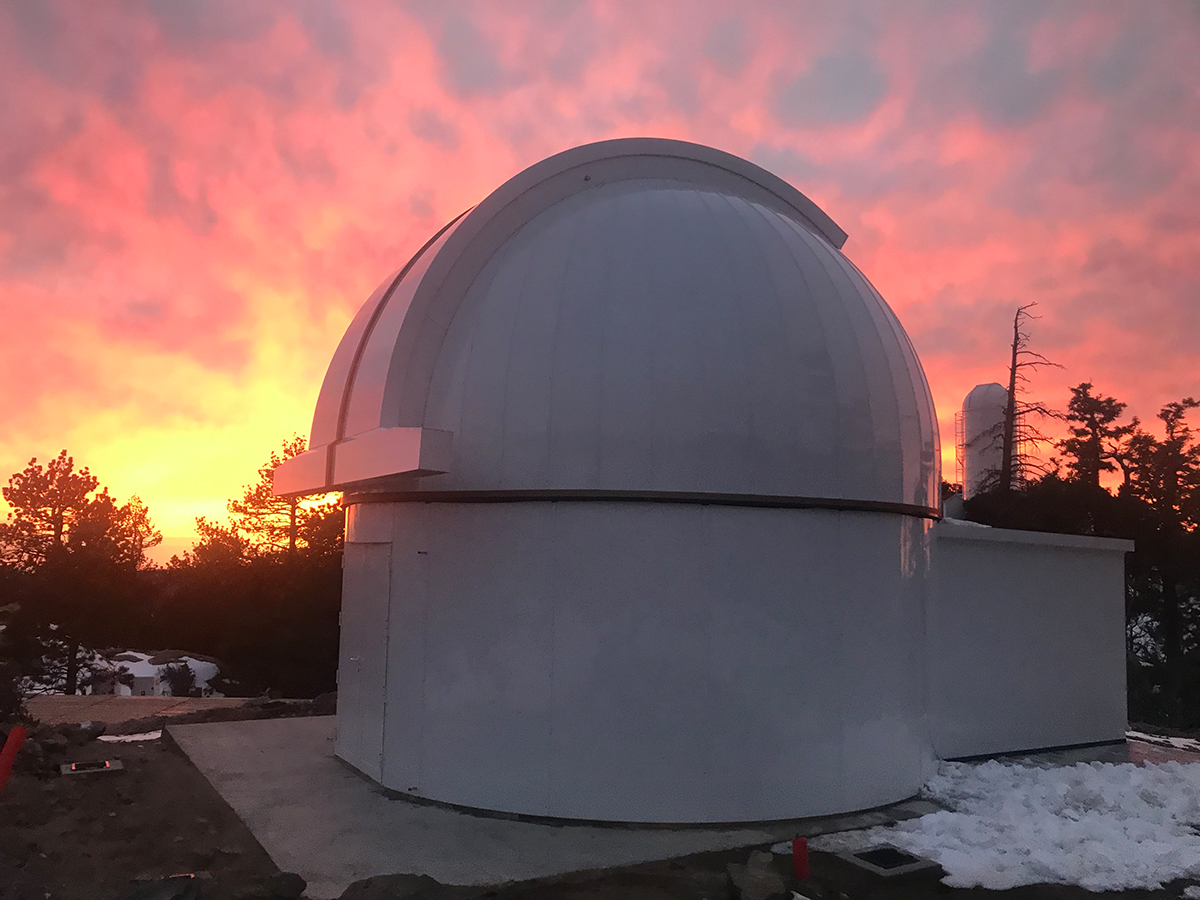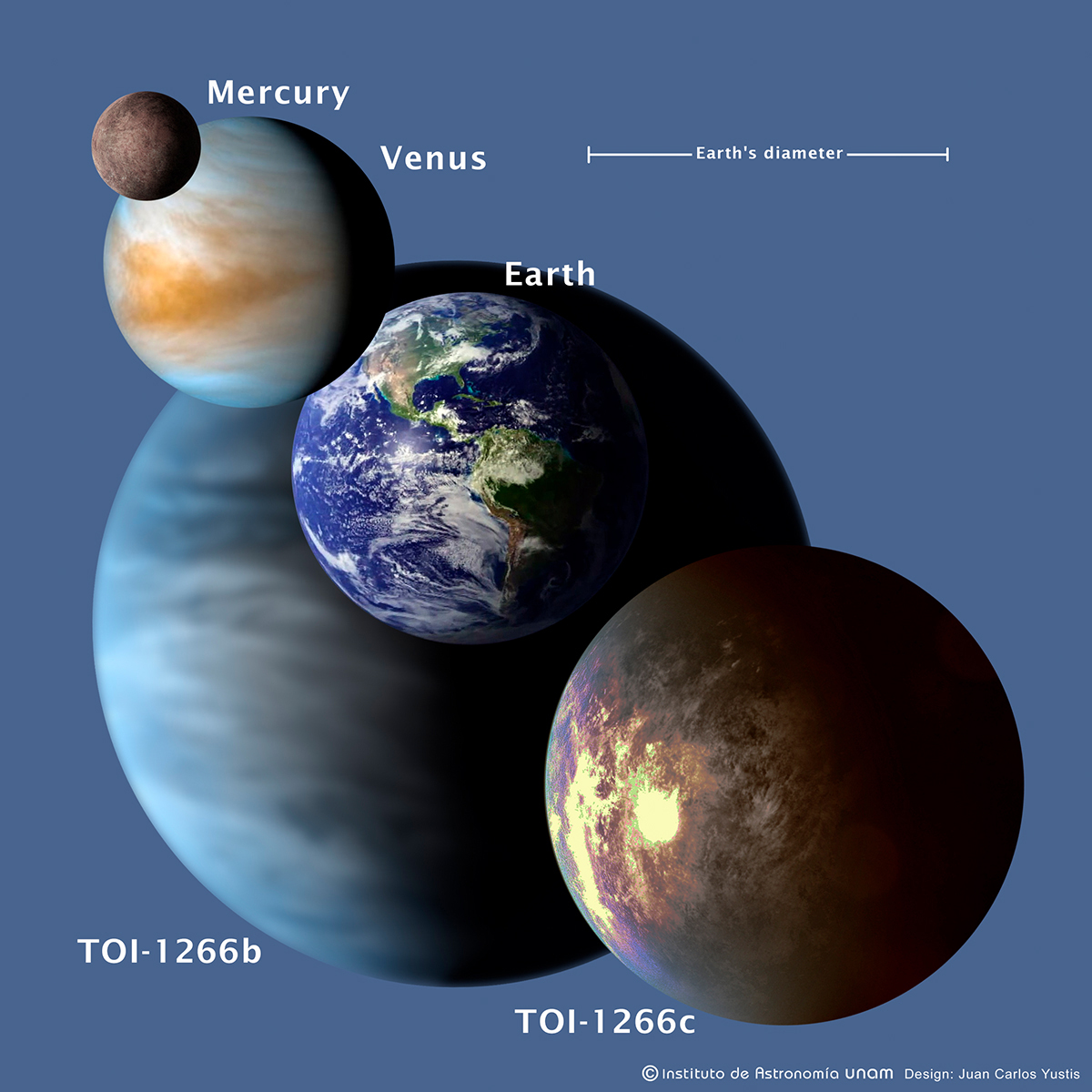SAINT-EX – Search And characterIsatioN of Transiting EXoplanets
SAINT-EX (Search And characterIsatioN of Transiting EXoplanets) is an international collaboration which had its kick-off meeting in Mexico in September 2016. The project’s principal investigator is Prof. Brice-Olivier Demory from the Center for Space and Habitability (CSH) of the University of Bern in Switzerland and National Center of Competence in Research PlanetS (see below); the project’s coordinator and leader in Mexico is Dr. Yilen Gomez Maqueo Chew from the Instituto de Astronomía of the Universidad Nacional Autonoma de Mexico (UNAM). Also part of the project are Prof. Willy Benz from the National Center of Competence in Research PlanetS, Prof. François Bouchy from the University of Geneva in Switzerland, Dr. Michaël Gillon from the University of Liège in Belgium, Prof. Kevin Heng from the University of Bern in Switzerland, Prof. Didier Queloz from the University of Geneva, Switzerland, and Cambridge in the UK, and Dr. Laurence Sabin, also from Instituto de Astronomía de Astronomía, UNAM.
SAINT-EX was funded by the Swiss National Science Foundation and the Universities of Bern, Geneva, Liège and Cambridge as well as UNAM. SAINT-EX also received support from the National Council for Science and Technology (CONACYT) through the National Laboratories call for proposals for the National Astronomical Observatory of San Pedro Martir.
Project website of the University of Bern: https://www.saintex.unibe.ch/



